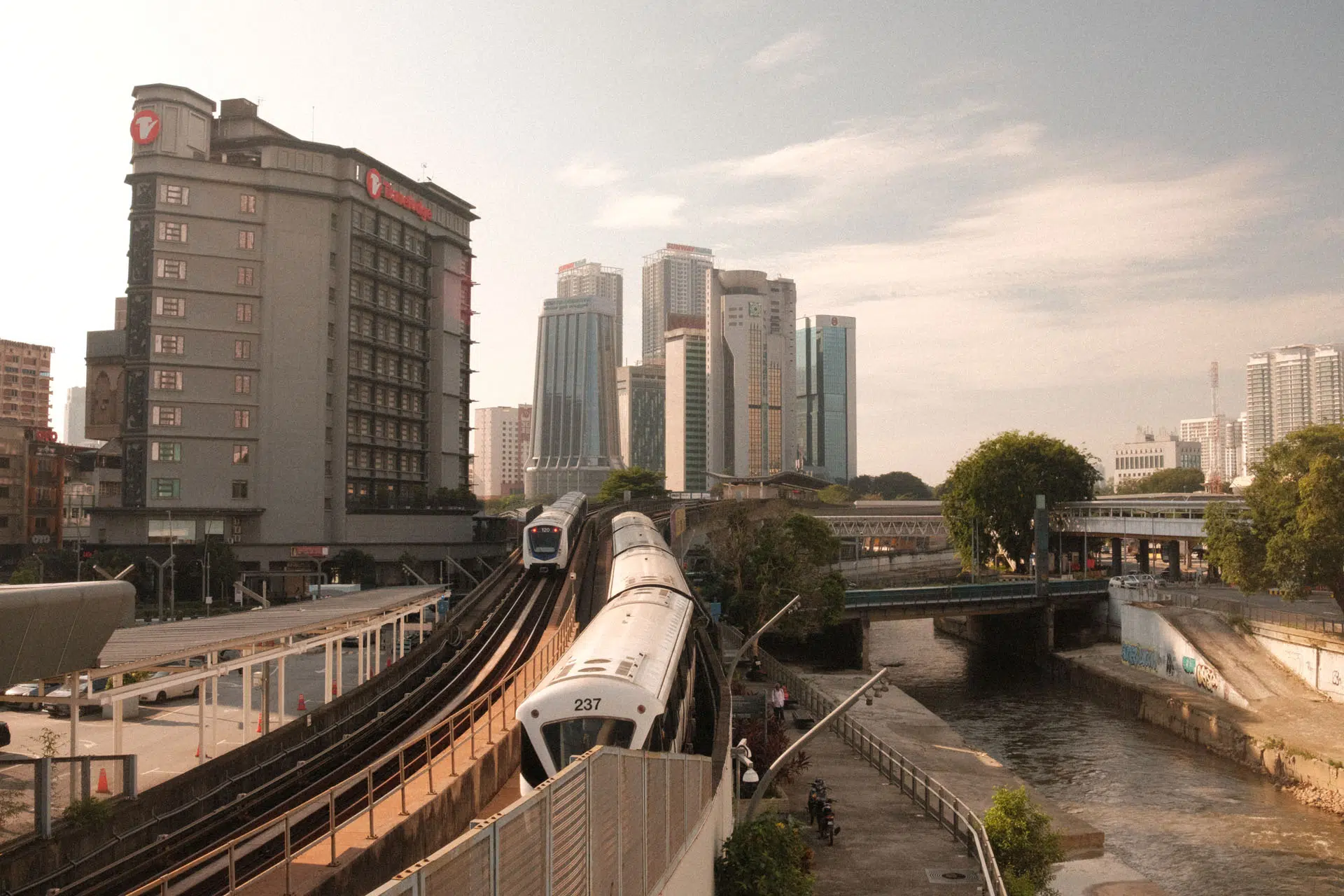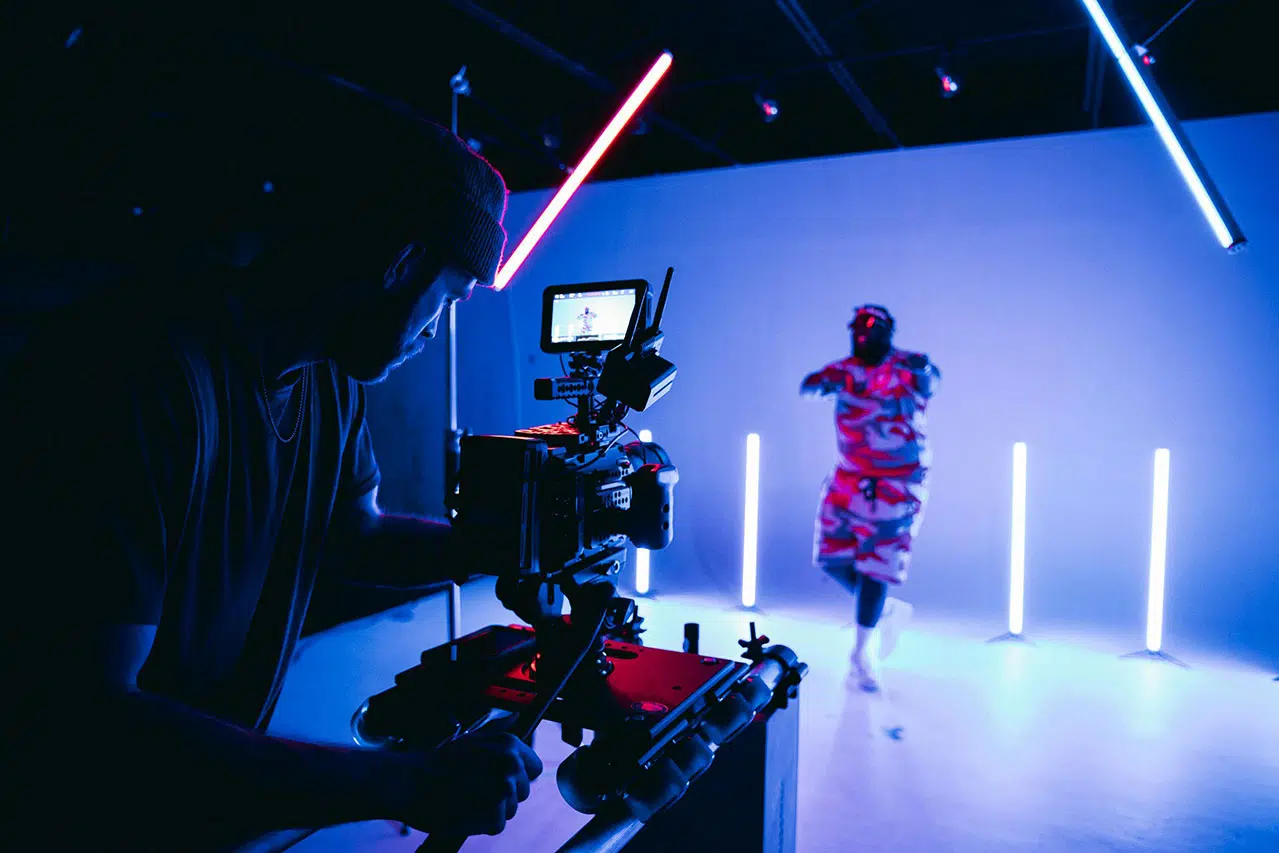The Ginza 1980 film simulation recipe is inspired by the look of the Super 8 recipe. Think dreamy city streets, soft shadows, and subtle color shifts—like flipping through faded film reels or a dusty city pop photo book. I built this recipe using Classic Chrome, Fujifilm’s most nostalgic and versatile film simulation. It’s got just the right amount of contrast and a muted color palette that helps create that retro vibe without going over the top.
So what sets this Ginza 1980 film simulation recipe apart from the rest? It’s all in the tones and mood. I mixed in a soft blend of blues and magentas that adds warmth and glow without making it feel too edited. The shadows stay soft, the highlights don’t scream, and the overall result feels like an old snapshot dug up from a vintage Japanese photo album.
I spent countless hours tweaking every setting to match the 80s vibe as closely as possible. It took time and a lot of test shots, but the final result is something that feels authentic, filmic, and perfect for street scenes, portraits, or travel memories—especially if you’re using vintage lenses for that dreamy haze.
This recipe works best on Fujifilm X-Trans IV cameras like the X-T4, X-E4, X-S10, or X100V. It also works on X-Trans V (like the X-T5 or X100VI) with similar results. For older cameras, just skip the Clarity setting.
If you’re planning to give this one a try, here are a few things that can help you get the most out of the Ginza 1980 film simulation recipe:
Ginza 1980 works great in a variety of shooting situations. If you’re walking around the city shooting street scenes, it brings out a nostalgic feeling that makes your photos feel timeless. For travel, especially in places with a lot of neon lights or early morning haze, it brings out soft contrast and beautiful colors. It also works for portraits, especially if you’re after that retro cinematic look.
Some of you might wonder how this recipe stacks up next to something like papurudorimu or my Super 8 movie recipe. While there are some similarities—especially in the tones and square crop—Ginza 1980 is not a copy of anything. It’s a standalone Fujifilm film simulation recipe built with its own vibe and purpose.
Papurudorimu leans more into purplish color and dreamy overexposure, while Ginza 1980 sits in the sweet spot between cinema and classic film. It’s warmer, more grounded, and more neutral in the highlights. The Super 8 movie recipe it was inspired by is more contrast-heavy and uses a different base.
So, no duplicates here from my Fujifilm film simulation recipes—just a fresh take on a retro look.

This Ginza 1980 film simulation recipe really shines when paired with vintage glass. Old manual lenses add that natural softness and minor imperfections that match the film vibe perfectly. Whether it’s a Helios 44, Canon FD, or a Takumar, vintage lenses will give your shots more character.
This Fujifilm film simulation recipe gives you something a little different. It’s not your typical film sim with punchy colors or high contrast. Instead, it’s soft, moody, and soaked in nostalgia. If you’ve ever wanted to make your digital photos look like stills from an old Japanese movie, Ginza 1980 is your go-to recipe.
Whether you’re walking the streets with a vintage lens, capturing moments while traveling, or just want a new creative look, this film simulation recipe delivers. It’s not overdone. It’s not flashy. It’s subtle, smooth, and filled with emotion.
Note: The Fujifilm film simulation recipes shared on this website are based on personal experience and experimentation. These settings are designed to mimic the look of various film stocks but are not exact replications. Film characteristics vary based on factors such as lighting, lens choice, and camera model. Results may differ depending on individual shooting conditions and preferences. Use these recipes as a creative starting point and adjust them to suit your style. This content is not affiliated with or endorsed by Fujifilm or Kodak. Some links on this page may be affiliate links, which help support the site at no extra cost to you.

Curated Camera Gear & Vinyl Records